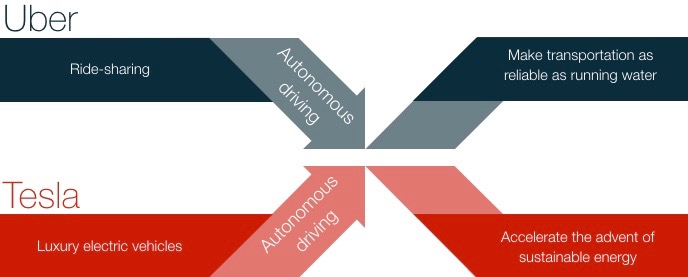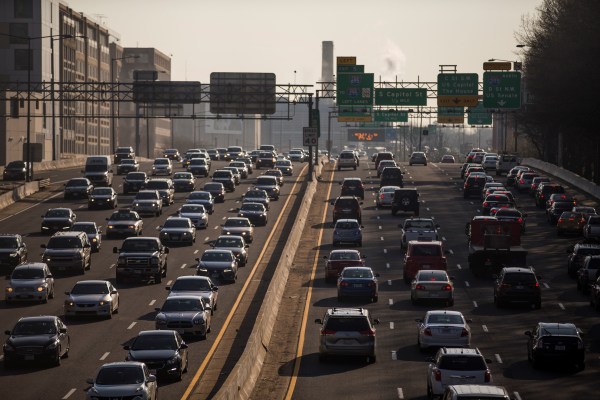Elon Musk’s new master plan catapults Tesla into a new market; car-sharing.
While the idea of Tesla car-sharing seems new, it is not the first time the company’s cars, coupled with autonomous technology, have come up in discussions about the sharing economy.
Back in 2015, Steve Jurvetson, a partner at Uber investor DFJ, told an audience that Uber’s Travis Kalanick had indicated he would buy every Tesla car produced if they could be made autonomous by 2020.
These were the days when it appeared a Uber and Tesla partnership could be on the horizon. Musk himself paused long enough on an earnings call to raise suspicions when discussing the possibility of such a partnership.
These days, it seems that Uber has gone its own way in developing an autonomous car solution. And with today’s announcement from Musk, it appears Tesla is doing the same.
“You will also be able to add your car to the Tesla shared fleet just by tapping a button on the Tesla phone app and have it generate income for you while you’re at work or on vacation, significantly offsetting and at times potentially exceeding the monthly loan or lease cost,” said Musk in his post.
Companies like Uber and Lyft have more in common with Tesla than would appear at first glance. Uber specifically has been quite vocal about its long-term vision and its need for autonomous vehicles.
Both Uber and Tesla used an initial product or service to enter a market with serious barriers to entry. For Uber, ride-sharing required serious human capital and powerful regulatory influence. Tesla needed to build a mass-produced automobile from scratch.
Uber is still burning cash in China and Tesla still needs to follow through on its costly Gigafactory, but for the most part, both companies have been successful in what they initially set out to do. Both companies have an expensive obsession with driverless cars. Uber is pushing to hire top talent from Carnegie Mellon and other top universities to develop and test autonomous technologies.
This puts Uber on a collision course with Tesla, but this is not new. Tesla is only completing the puzzle by using car-sharing as a means to boost vehicle utilization rates. Both companies are betting on autonomous driving to reduce transportation costs.
Uber needs costs low to open up transportation access to groups outside their current market. This means increasing availability in low-density regions, and ultimately convincing everyday Americans to ditch car-ownership. Tesla needs to decrease the cost of driving to increase access to electric vehicles and ultimately reduce electricity needs and the overall carbon footprint.

The greatest benefits of the sharing economy have yet to be seen. On the surface, companies like Uber are providing income to previously unemployed segments of the middle class. In the future, when car-sharing becomes automated, the greatest market efficiencies will come from reduced transportation costs. Kalanick himself has noted in the past that the most expensive part of an Uber ride is the driver. Ride-sharing can only replace car-ownership if prices decrease further.
Uber doesn’t need autonomous cars in the same way it needs market share in China, but the space provides long-term sustainability for the company. Similarly, Tesla could sustain itself on its current trajectory, but Tesla can achieve long-term relevancy with such an endeavor. For both companies, autonomous driving presents another high-growth opportunity that will continue to attract and retain top talent.
The key for both companies will be ensuring that their core-businesses are not neglected by means of future investment. Musk made it clear in his plan that opportunities exist in the near-term to develop public-transportation and cargo solutions that will ease the company towards its longer term goals.
The collision between the two companies is still far off. Just because Uber and Tesla are riding the same trend, the contest is not a zero-sum game. As Google and others increase spending on autonomous driving, the entire ecosystem benefits. Keeping an eye on R&D spending overall will be quite introspective into the strategies of all companies in the space.
Tesla can compete. Winning, on the other hand, is a matter of hedging the right bets on what the future of transportation will look like. Twenty years from now, it’s unlikely we will have an interest in outright purchasing an electric car or paying a hefty fee to be driven around in a gas guzzler.
We have reached out to both Uber and Lyft for comment and will update this post if we receive word from them.
